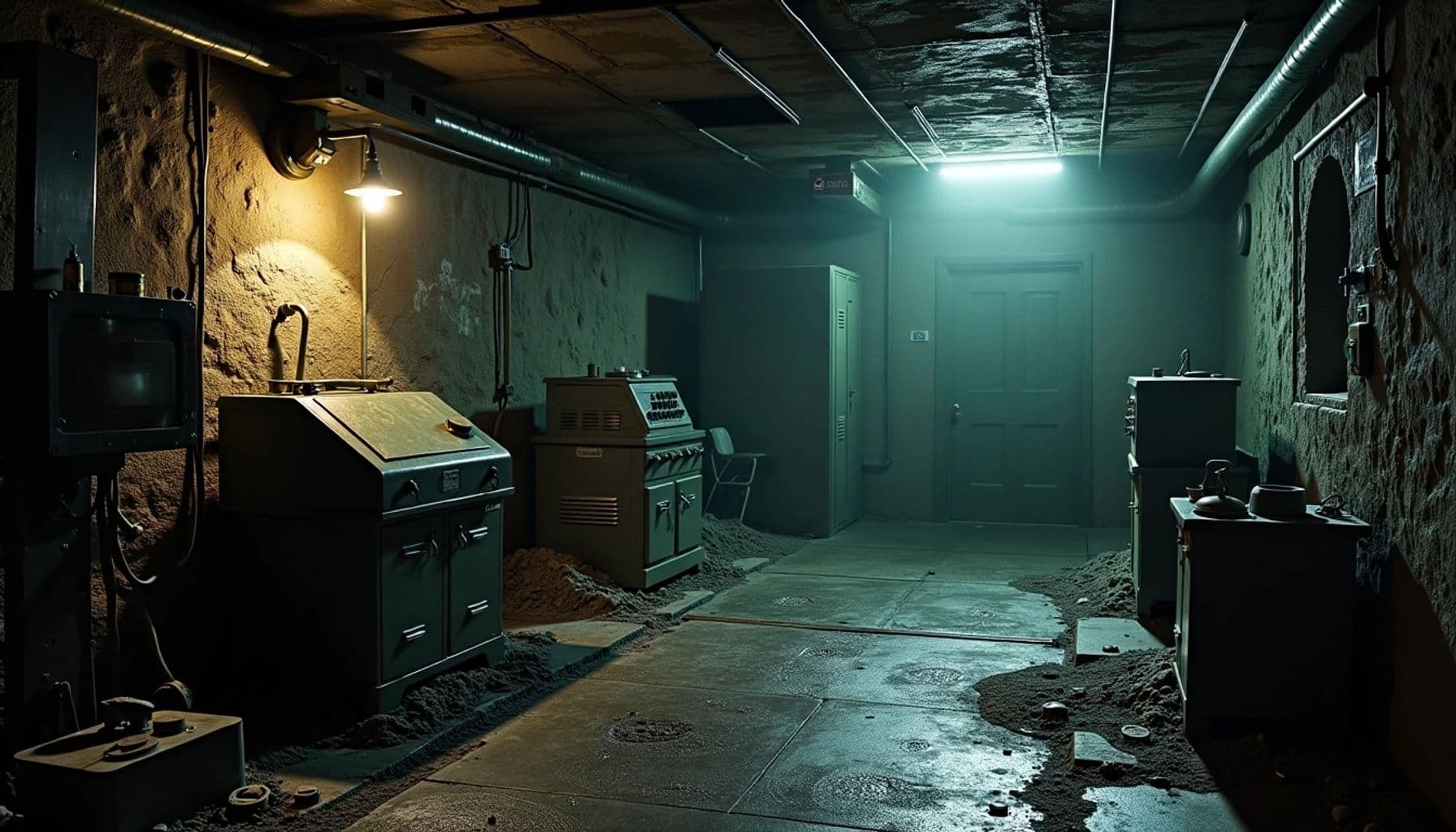On March 27, 1945, a dramatic rescue operation unfolded at OFLAG XIII-B in Hammelburg, Germany. American and Serbian prisoners of war awaited liberation as American tanks charged through the camp’s defenses. However, the mission, led by Captain Abraham Baum, quickly spiraled into chaos, revealing the harsh realities of war and the complexities of military decisions.
Key Takeaways
- Task Force Baum was a daring but ill-fated mission to rescue POWs.
- The operation faced overwhelming odds and unexpected challenges.
- The aftermath highlighted the costs of military decisions in wartime.
The Daring Mission Begins
On the evening of March 25, 1945, Lieutenant General George Patton met with Major General Manton S. Eddy to discuss a bold plan. Patton ordered an immediate armored raid to liberate 300 prisoners from OFLAG XIII-B, a camp near Hammelburg. This camp held American soldiers captured during the Battle of the Bulge and was surrounded by barbed wire and heavily armed German guards.
Patton’s motivation was personal; among the prisoners was his son-in-law, Lieutenant Colonel John Waters. Despite the camp’s perilous location, Patton was determined to act, inspired by recent successful rescue missions in the Philippines.
The Reluctant Leader
Captain Abraham Baum, a 23-year-old officer known for his scrappy leadership, was summoned to lead the mission. He felt out of place among the high-ranking officers but was chosen for his battle-tested abilities. The mission was hastily organized, with only a day to prepare. Baum’s task force consisted of 300 men and 50 vehicles, but crucial details about the camp’s defenses and the number of POWs remained unknown.
The Journey Into Enemy Territory
Task Force Baum set off on March 26, 1945, from Aschaffenburg, Germany. Their arsenal included light tanks, Shermans, and half-tracks. However, they faced immediate challenges: they were out of range for artillery support and lacked detailed maps. The element of surprise was essential, and they needed to navigate 50 miles behind enemy lines.
As they advanced, they encountered fierce resistance. A planned attack on a nearby town turned into a slow, house-to-house battle, delaying their progress. Baum learned that the mission was personal for Patton, which fueled his determination to succeed despite the odds.
The Assault on Hammelburg
By dawn on March 27, Task Force Baum was still 35 miles from Hammelburg. They faced a new challenge: crossing the Saale River. As they approached the bridge, they were ambushed by German forces, resulting in casualties and the loss of tanks. Baum was wounded, and the situation grew dire.
Despite the setbacks, they pressed on, capturing civilians for intel. Just 10 miles from their objective, a German reconnaissance plane spotted them, and the element of surprise was lost. They reached Hammelburg’s outskirts, only to face a powerful enemy unit waiting for them.
The Failed Rescue
After 12 hours of combat, Task Force Baum finally reached Oflag XIII-B. However, they were met with a shocking reality: instead of 300 prisoners, there were over 1,500. Baum, low on fuel and manpower, could only evacuate a small fraction of the POWs. Most were too malnourished or injured to leave, including Waters.
Despite the grim situation, about 200 men chose to attempt the return to American lines. As they began their journey back, they were ambushed again, leading to further chaos and loss.
The Aftermath
The remnants of Task Force Baum faced relentless German fire, leading to a brutal battle. Baum’s final order, "Every man for himself!" signaled the collapse of the unit. Many were captured, while others, including Baum, managed to escape.
In the aftermath, the operation was deemed a failure. Task Force Baum suffered severe casualties: 32 men lost their lives, and only 35 soldiers made it back to friendly lines. The motivations behind Patton’s decision to send an ill-equipped task force remain debated, with some believing it was to rescue Waters, while others think it was to outdo General MacArthur.
A Complex Legacy
Captain Baum received a Distinguished Service Cross instead of the promised Medal of Honor, a decision that likely spared Patton from scrutiny. For Baum, the focus was on healing and rejoining his troops, which he eventually did, continuing to fight until the war’s end.
The story of Task Force Baum serves as a poignant reminder of the complexities and costs of military decisions during wartime. It highlights the bravery of those involved and the harsh realities faced by soldiers in the line of duty.




